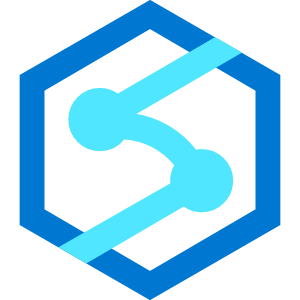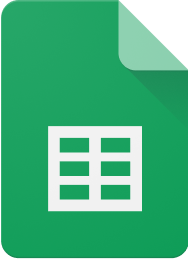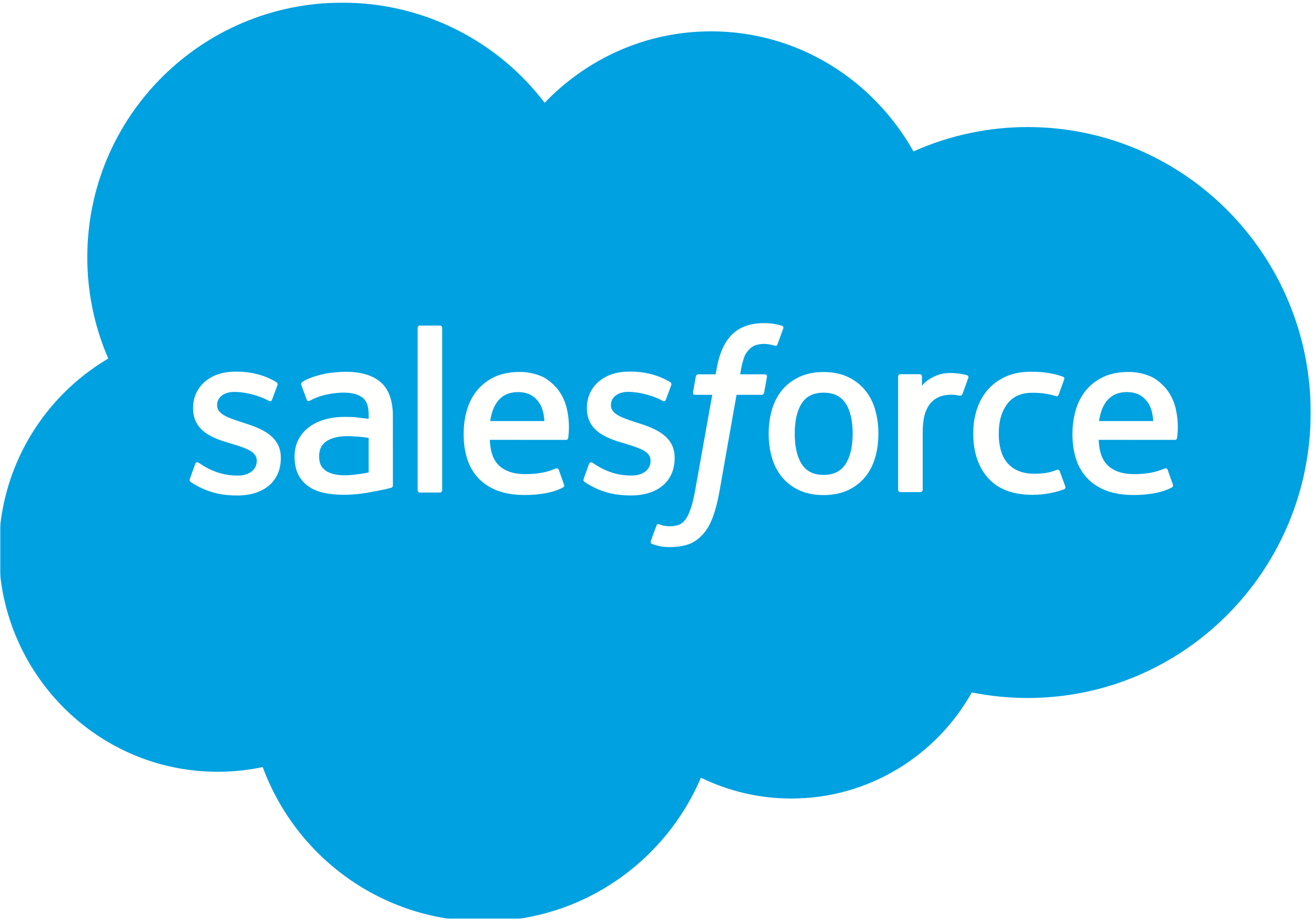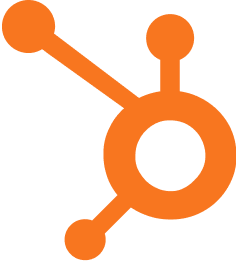For years, data teams have wrestled with a fundamental challenge: your data is not (yet) in a single source. Customer data is centralized in Snowflake, but Google Analytics data lands in BigQuery, and your ad hoc uploads are in Census Store. Getting a complete picture meant pipelines, data duplication, and hoping everything stays in sync.
Today, we're changing that with Mesh Datasets — a query engine that lets you write SQL that spans across data sources.
Write Once, Query Everywhere
Mesh Datasets let you write SQL that magically reaches across multiple data warehouses, even of different types. Want to join Snowflake customer data with BigQuery product events? Just reference datasets.all_users and datasets.product_events in your query. Census handles the distributed execution behind the scenes.
SELECT
u.customer_id,
u.lifetime_value,
COUNT(e.event_id) as engagement_score
FROM datasets.all_users u
JOIN datasets.product_events e
ON u.user_id = e.user_id
WHERE e.event_date >= CURRENT_DATE - INTERVAL '30 days'
GROUP BY 1, 2
The syntax is standard Postgres SQL — no new query language to learn. Your existing SQL knowledge just became warehouse-agnostic.
Every dataset you create becomes part of the Census Workbench catalog, automatically available in the datasets.* schema.
Why This Matters Now
Companies using multiple cloud data platforms isn't going away — it's accelerating. Marketing runs on BigQuery, finance standardized on Snowflake, and the ML team chose Databricks. Instead of forcing consolidation or building fragile pipelines, Mesh Datasets embrace this reality.
For the first time, you can build golden datasets that source from everywhere and activate anywhere. Your dbt models in Snowflake can now power segments that include Databricks ML scores. Your BigQuery product metrics can enrich Snowflake customer profiles — all just with SQL.
Unlike traditional data virtualization or federated query solutions, Mesh Datasets are built for seamless cross-warehouse SQL, ensuring performance and compatibility across your data stack. With Mesh Datasets, you get the flexibility of querying anywhere without the complexity or trade-offs of legacy approaches.
Getting Started
If you've already connected multiple SQL sources to Census, you're ready to go. Create a new dataset, choose "Mesh Dataset," and start writing SQL that breaks down warehouse walls. The AI assistant even understands your entire data catalog, generating cross-source queries with a simple description.
Centralization is of course still the ideal end state for your data stack. But until you get there, your business can't wait. Start activating data from everywhere, today.
Log in to Census or Sign up for a new account to give Mesh Datasets a try today.

















